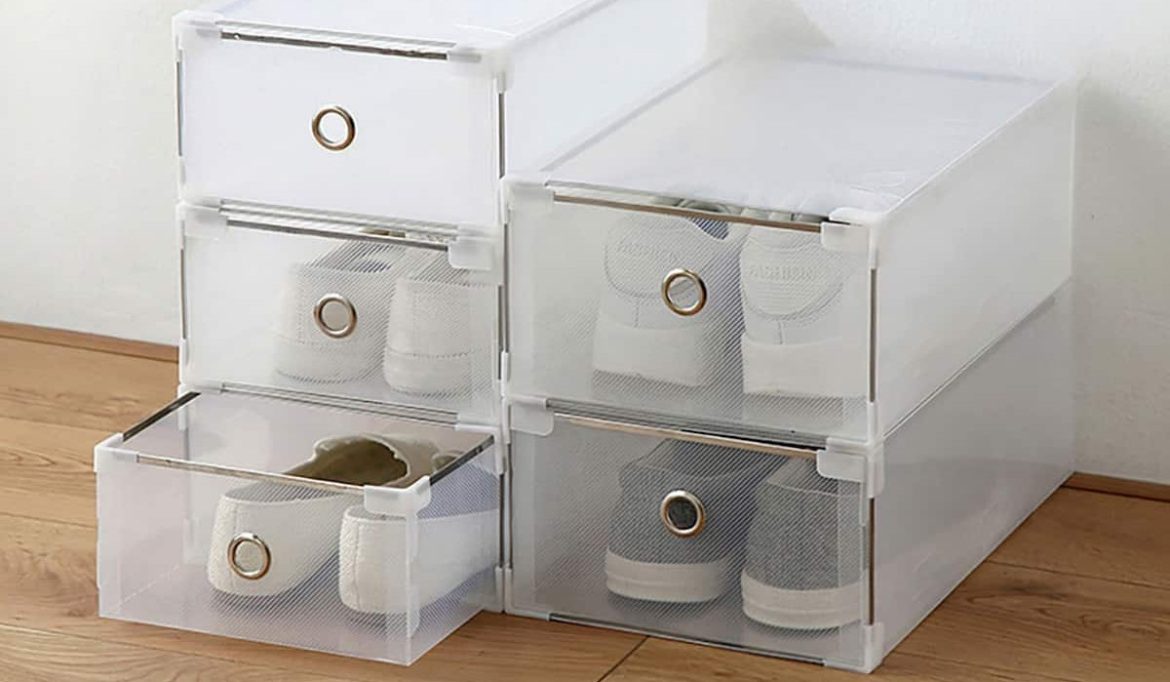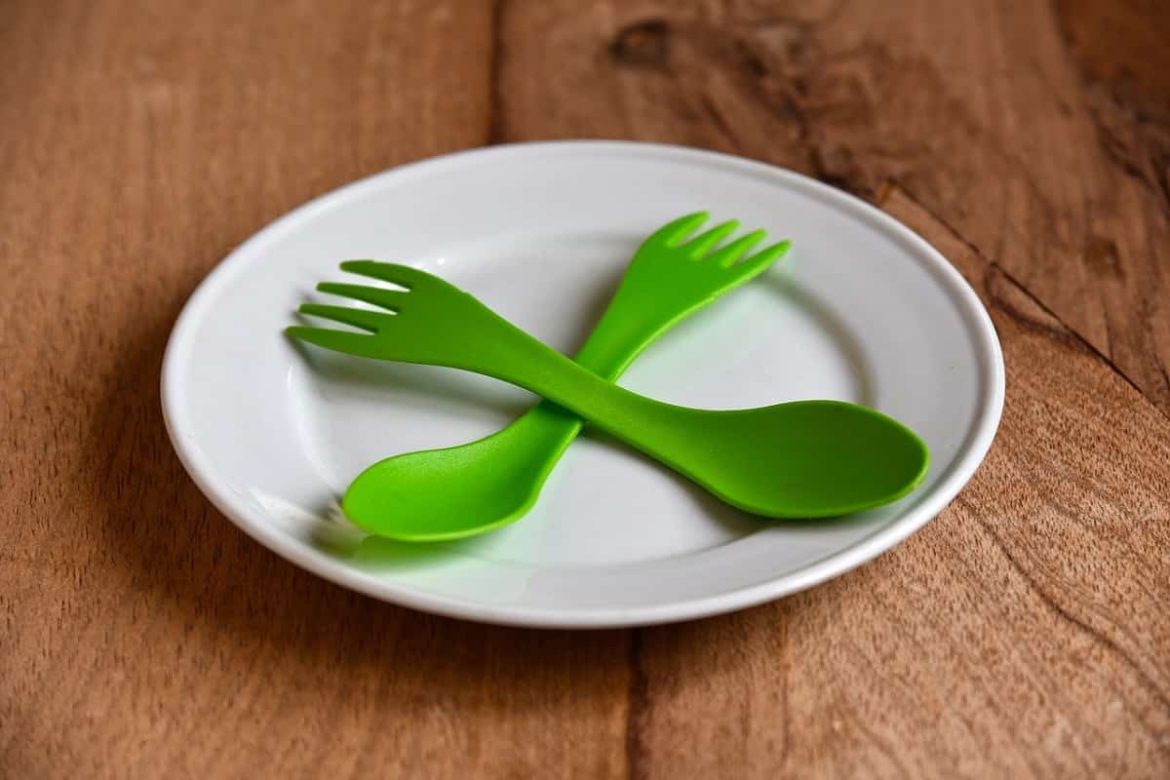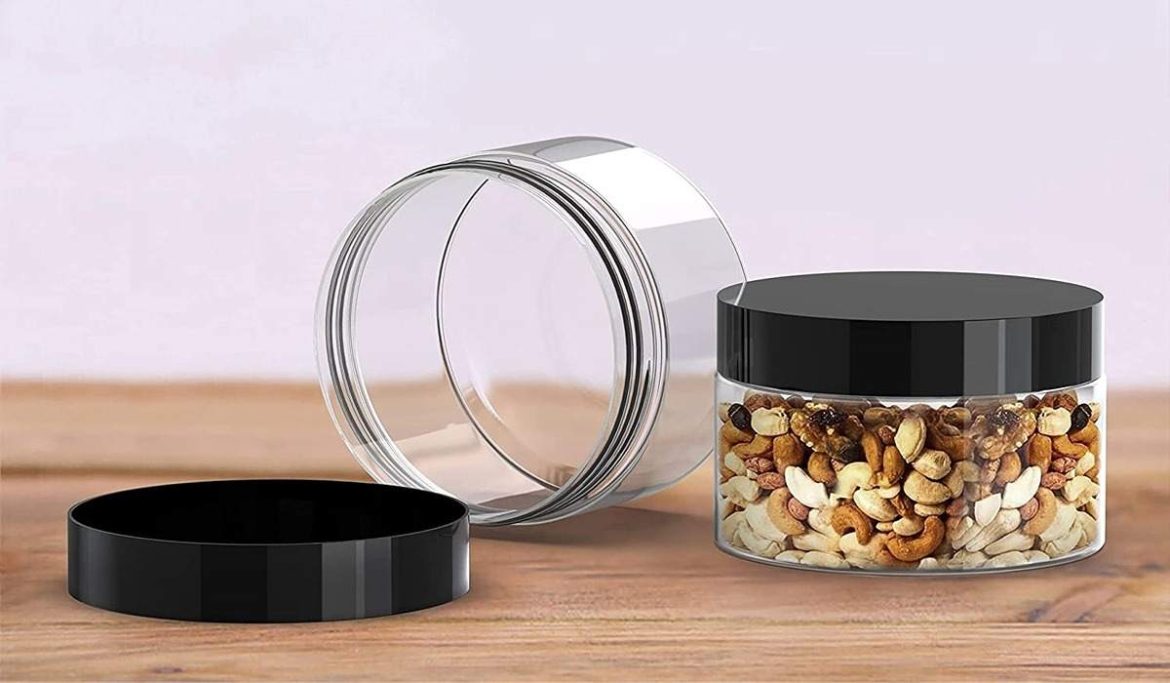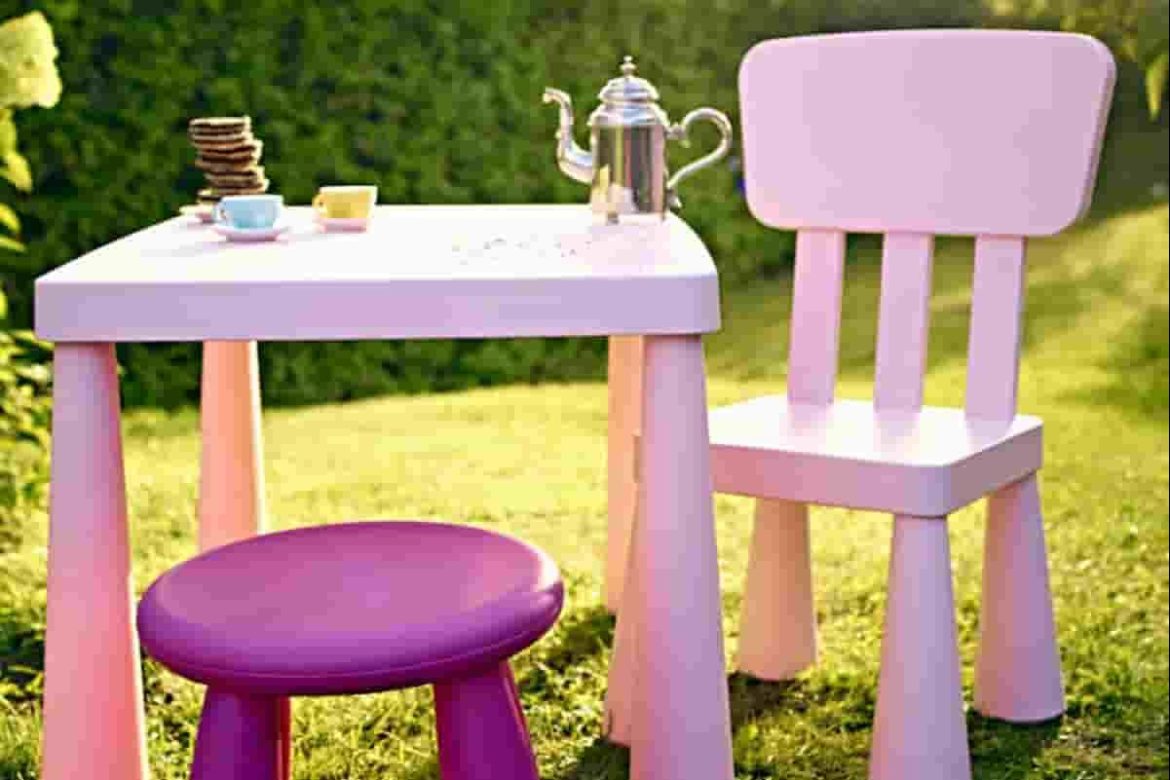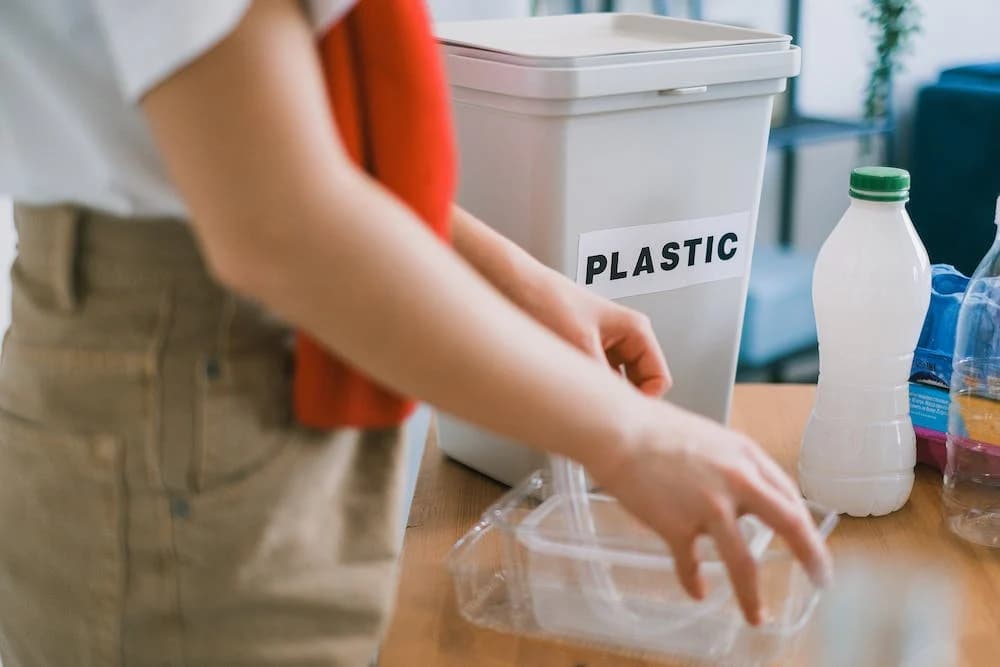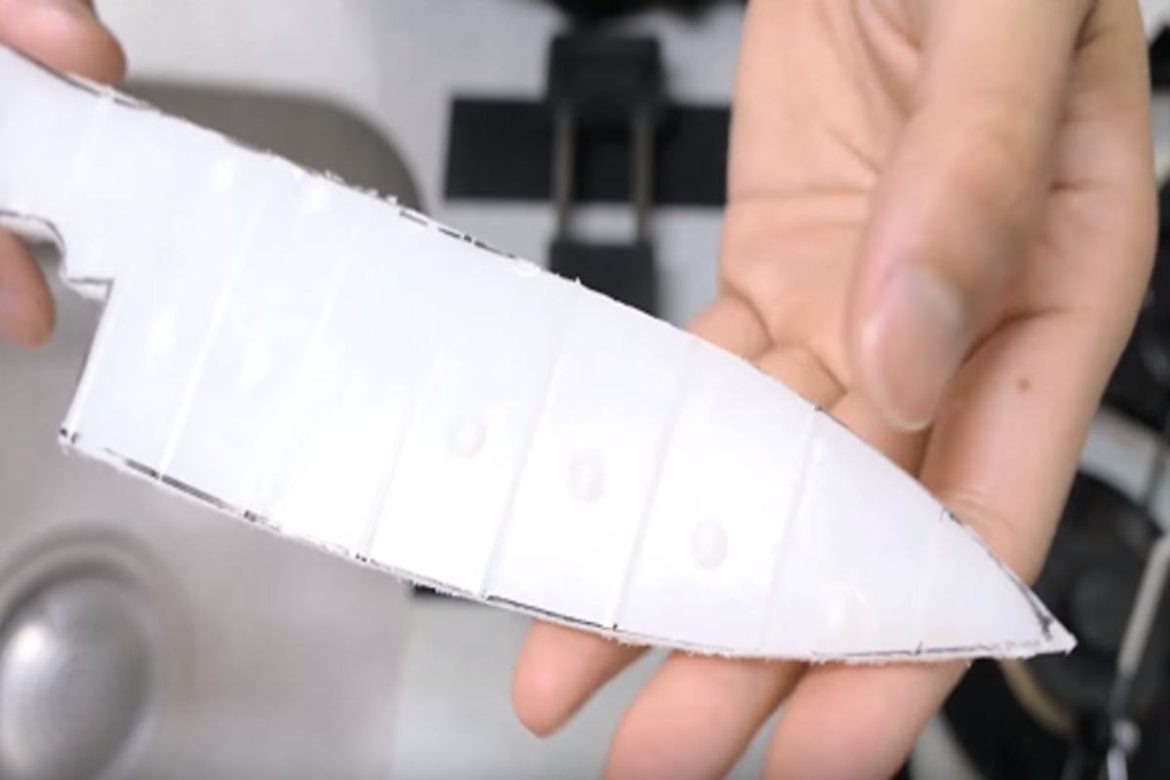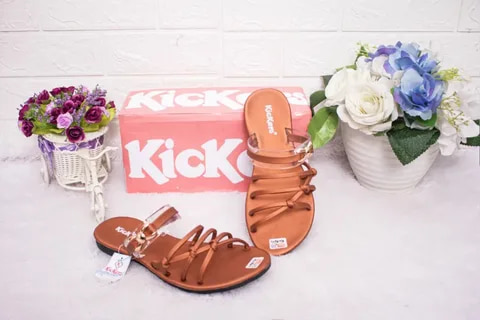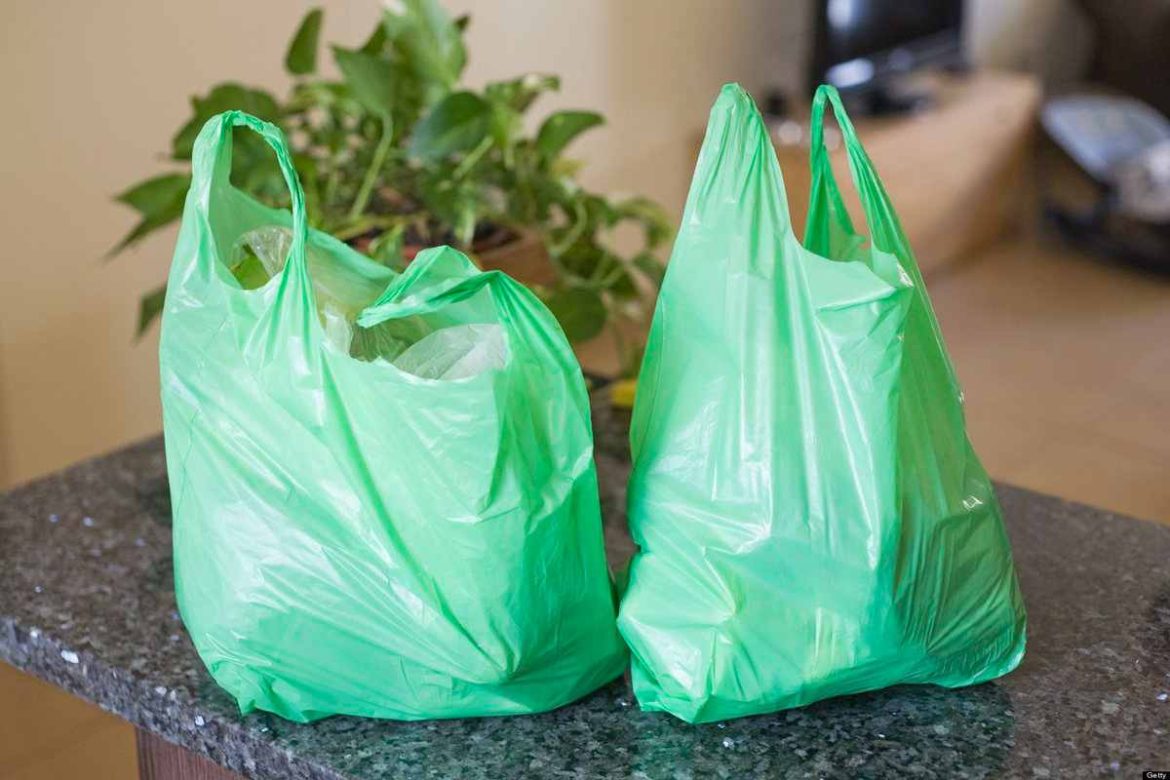plastic buckets with lids for food storage wholesale
We offer industry-specific wholesale plastic containers with lids to suit specialized manufacturing processes
One of the questions I get via email has to do with the storage of food
Storing food in buckets is smart because the heavy-duty plastic helps to keep out pests, light, moisture, and oxygen, four of the five enemies of food
Buckets are suitable for storing nearly anything that can be consumed
Another way to save money on groceries is to stock up on a variety of different kinds of food in large quantities and then cut them up into smaller portions as needed
Items that are typically found include dry products such as rice, beans, cornmeal, and wheat
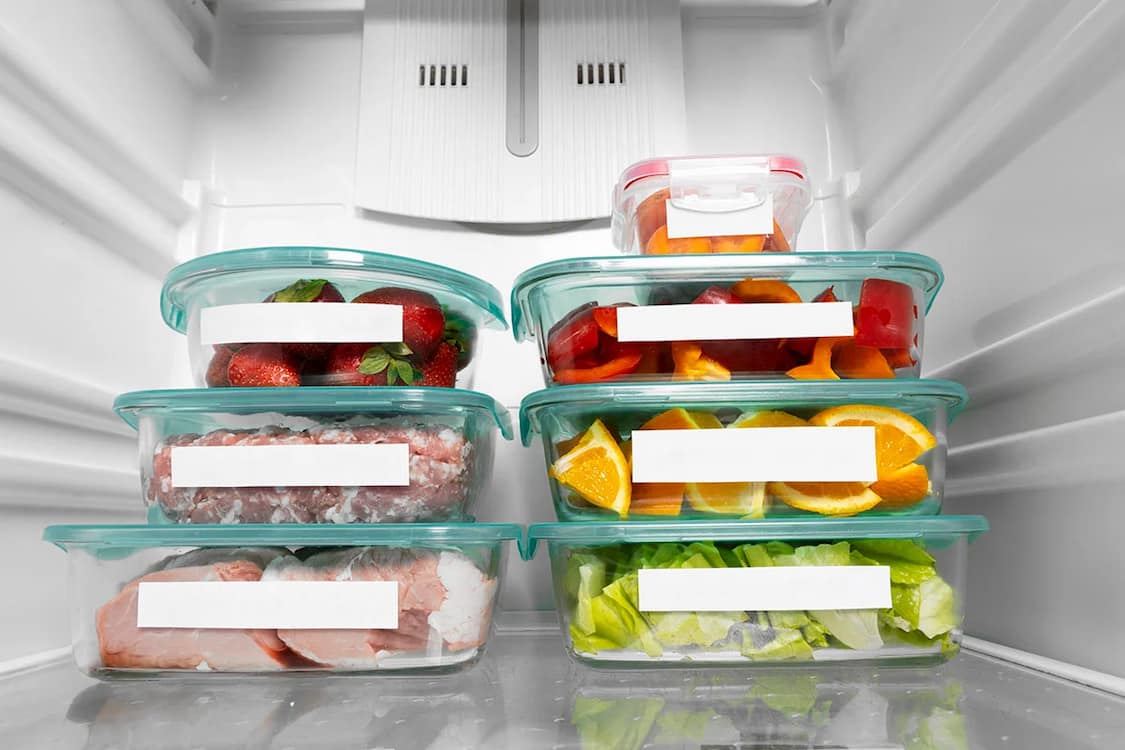
This revised article provides directions for repackaging food and explains how to do so in order to ensure that the food you have kept has the longest shelf-life feasible
When one is just starting out, keeping food in buckets may seem strange and maybe a little bit confusing
Advice on How to Properly Keep Food in Buckets Choose pails and buckets made from plastic that are suitable for use with food
You do not want your food to come into contact with colors, solvents, or chemicals that are not safe for consumption
Size matters
Think about utilizing smaller containers for items that are devoured more quickly
Five-gallon buckets are perfect for longer-term storage
If you don’t have the type of upper-body strength required to lift a loaded 5-gallon bucket, you should look for buckets with a lower capacity instead of attempting to do so
These include an outer ring that can be snapped onto the top of an open bucket, followed by a smaller lid that can be fitted within the ring and then twisted until it is closed
This is useful if you want to use some of the things that you have kept in buckets
The lids may be used for years despite being able to offer an airtight barrier when closed and still allow for simple access to food that has been stored in buckets

plastic buckets for food
A very common question we face is “Why is it important to know the food grade?” The term “food grade” just literally means that it can be used for food
Buckets made of plastic of this type are constructed from materials that do not contain any potentially hazardous impurities that could have an adverse effect on food or any other organic item
As a result of this, food-grade buckets have developed into more than just storage units and now shine brighter than any other buckets on the market
The year 2020 was a difficult one
It provided us with a lot of food for thought, particularly about our concept of what is considered normal
What used to be so simple has become so complicated and time-consuming that it is preferable to stay inside rather than go out
Those who do not stockpile their supplies or who have a limited budget for food each week will have an even more difficult time
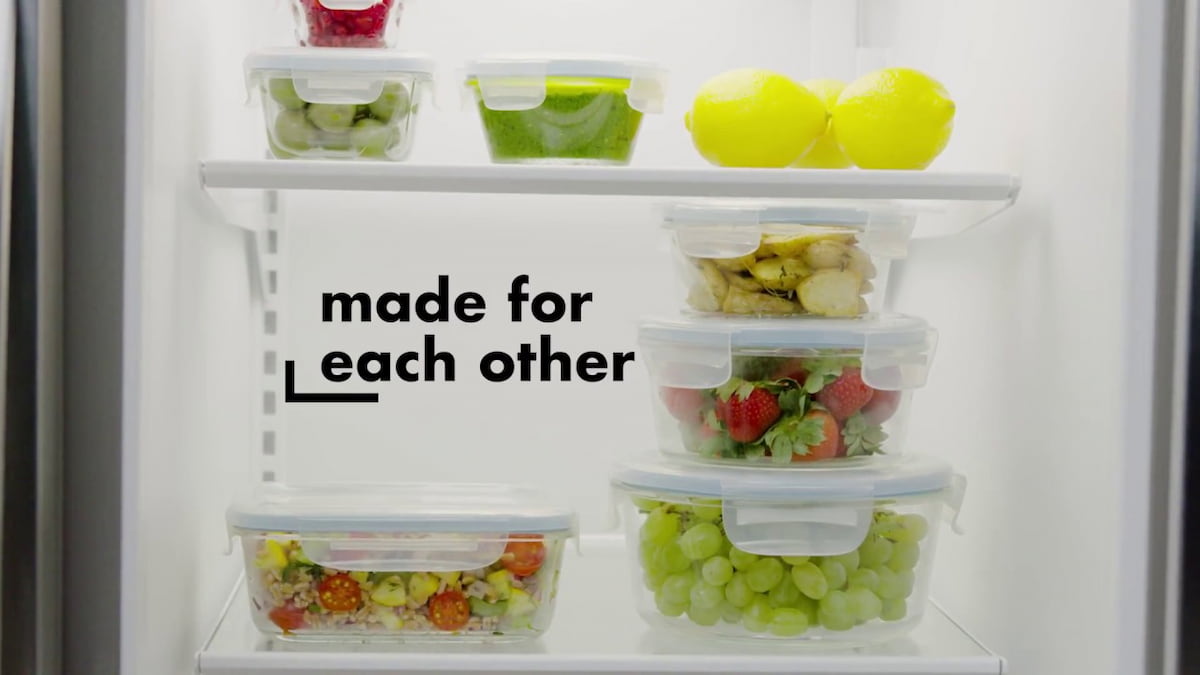
Despite the fact that things may appear to be difficult right now and there is a fairly low likelihood that things will return to normal, we need to discover strategies to keep ourselves sufficient during these difficult times
Not to mention the people who live in regions that are severely impacted by the cyclical shifts in weather that occur throughout the year
Investing in buckets that are safe for food storage is an excellent first step in achieving self-sufficiency
The food-grade buckets are constructed to be extremely durable and free of any harmful chemicals
They have received approval from the FDA and do not contain any BPA, which means that the buckets do not include any naturally occurring harmful elements that could render the food unfit for ingestion
Buckets could appear to be an uninteresting item in terms of their uses, but with sufficient imagination and drive, we have seen a lot of creative ways that this bucket can be put to use
We have come up with some fresh ideas and discoveries that shed light on the many reasons why food grade containers are superior to standard buckets
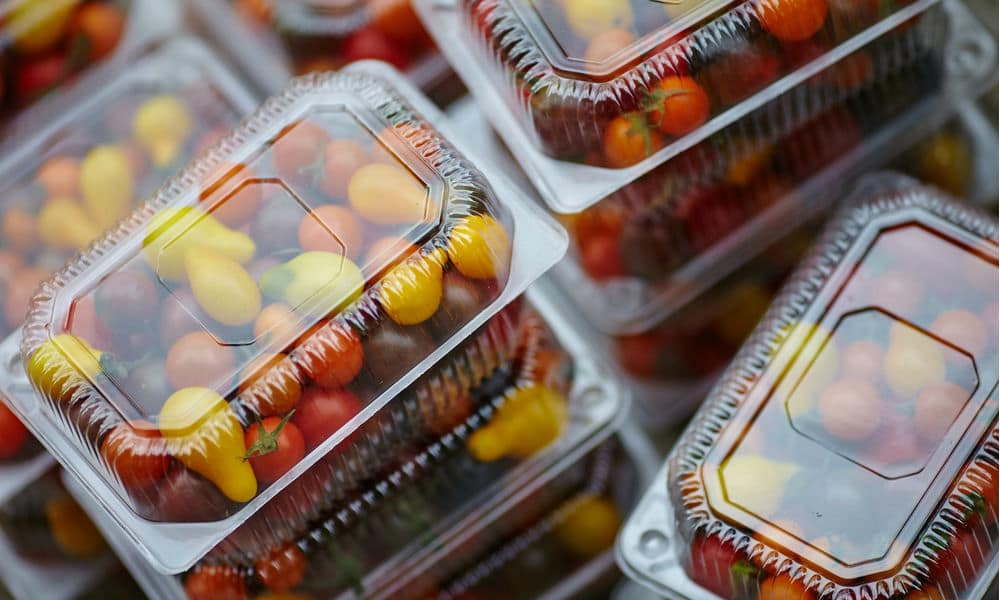
plastic storage
In the quest to tidy, storage containers that are made of plastic can make the difference between an organized home and one heaped with mismatched boxes in the closets and garage
In order to determine which was the best, we crammed books and blankets into 32 different containers before hurling them down a flight of stairs and leaving them outside in the rain
We identified seven that are suitable for use both inside and outside and will keep your belongings clean, dry, and easy to retrieve
Best for: Keeping track of where you’ve stashed and maintained a variety of commonplace objects, such as linens and supplies for pets, inside the house
They outperformed all of the other bins we examined in terms of durability, user-friendliness, and the number of sizes offered (twelve)
The addition of a foam gasket in the lid and additional latches all the way around the edges helped these clear bins achieve the best possible airtight seals during our tests (most bins have only two on each end)
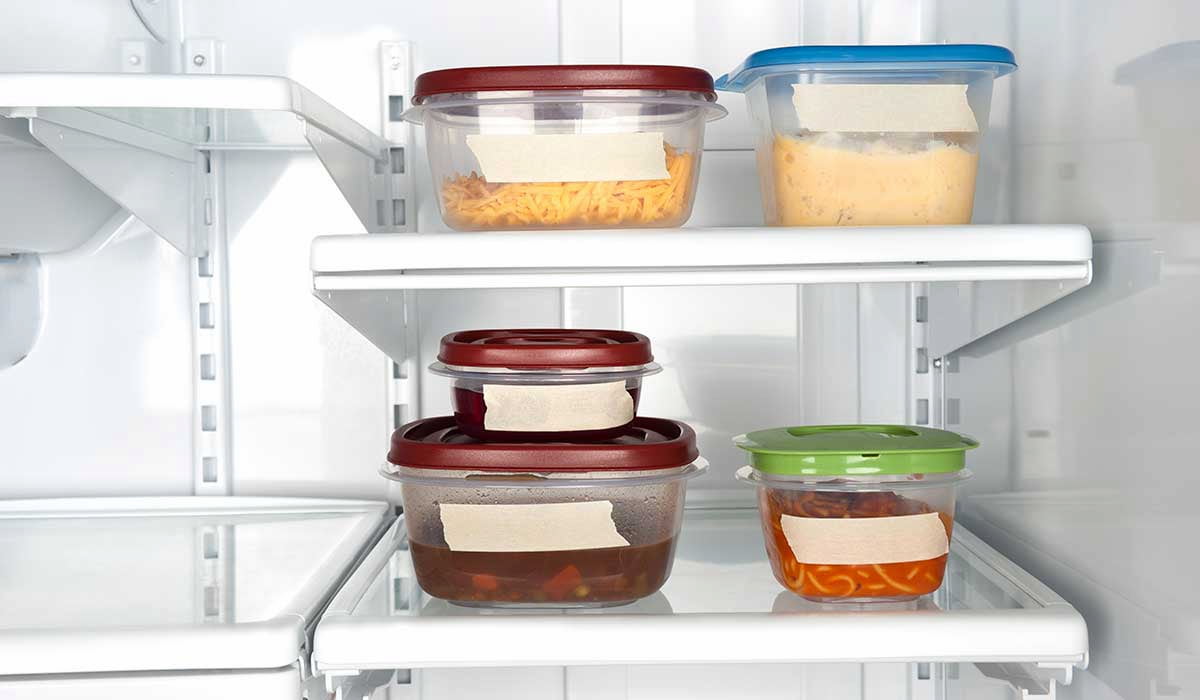
The bases of the Irises bins fit snuggly into grooves on the tops of the lids of the bins below them, making them much more stable when stacked
In addition, the Iris bins feature straighter sides than most of the other bins that we’ve tried, which allows them to maximize the amount of room available within
flaws, but nothing that would prevent a sale: Due to the fact that, like other polypropylene bins, they will become brittle when exposed to cold temperatures, we do not advocate using them for storage in a garage or basement where the temperature is consistently below freezing
If you reside in an area that experiences mild winters and mild summers, you should be able to utilize these in your garage or in an area of your home that is not heated
However, if we were in a more frigid area, we wouldn’t take the chance
During our drop tests, they fractured and lost their locks, so if you want to use them roughly, you should look at our heavier-duty bins instead
We highly recommend our plastic storage if you are looking for durable containers to utilize in your garage, attic, or basement
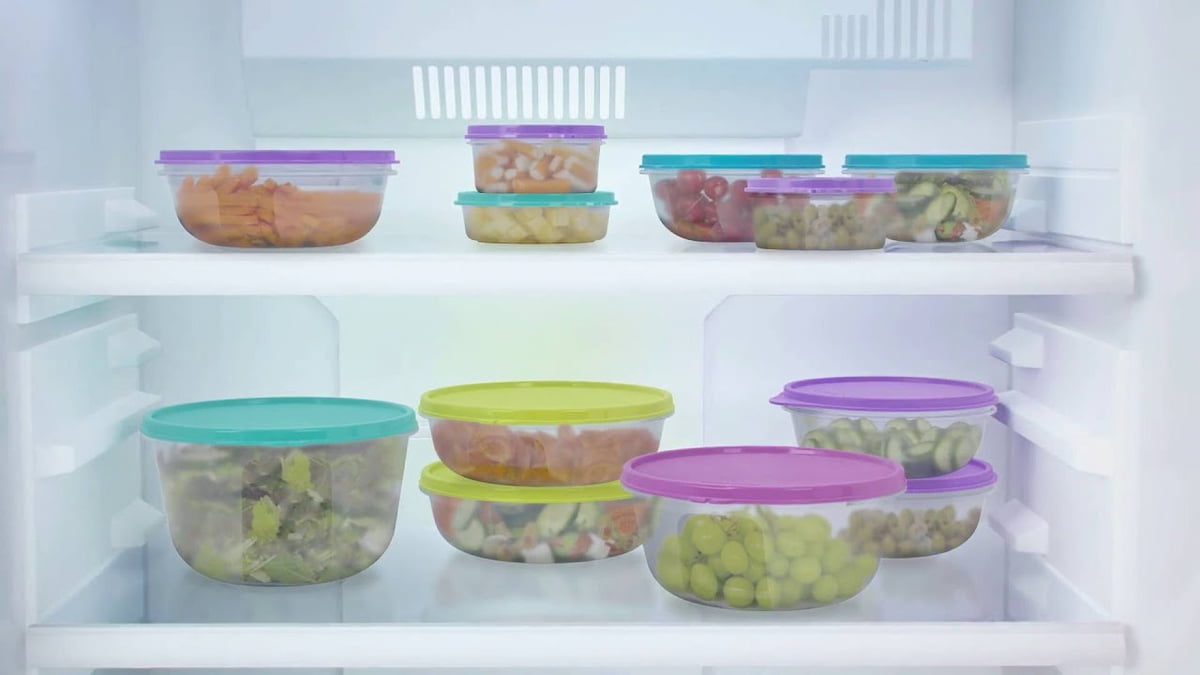
plastic buckets with lids
Buckets are one of the most popular containers around
They are designed to be tall with a big mouth opening and, in most cases, they are built with a handle and lids
The fundamental use of a bucket is to make it easier to transport and store things as one moves from one location to another
Nevertheless, not all buckets are made of the same material
Some buckets are constructed with materials that are delicate when they come into contact with other things, while other buckets require consistent maintenance in order to ensure that they do not crack or break
In every project, cost-effectiveness is a terrific goal to go for
It is a method for ensuring the longevity of any endeavor, whether it be a business or an idea while reducing the strain on one’s financial resources
Being cost-effective is, in some ways, analogous to being environmentally sustainable
This is also the goal of the majority of enterprises, particularly those dealing with the food; being able to obtain things without completely emptying one’s bank account can easily shift momentum

Given that the world’s resources are finite and the search for sustainable materials is becoming more of a need rather than an option, it is essential to appreciate the significance of cost-effectiveness and sustainability as crucial considerations in the decision-making process
On the other hand, the story around plastic buckets is rather different
Plastic is a synthetic material, which means that it can be easily manufactured and remanufactured without requiring a significant amount of resources
Plastics are almost impossible to break and can be easily shaped, which is one reason why recycling them for reuse is such an important issue
Plastics, on the other hand, weigh extremely little, which means that transporting them does not require any more energy or fuel
As a result, it has a lower overall cost than the other materials used for the buckets
When it comes to their many potential applications, plastic buckets are likely the most versatile type of stuff
Plastic buckets have a wide variety of applications, including the storage of food and other items, the provision of toys and entertainment for children, and even gardening
But what accounts for that? Why are plastic buckets considered to be the most user-friendly alternative to other types of buckets?

